Agronomic Insights
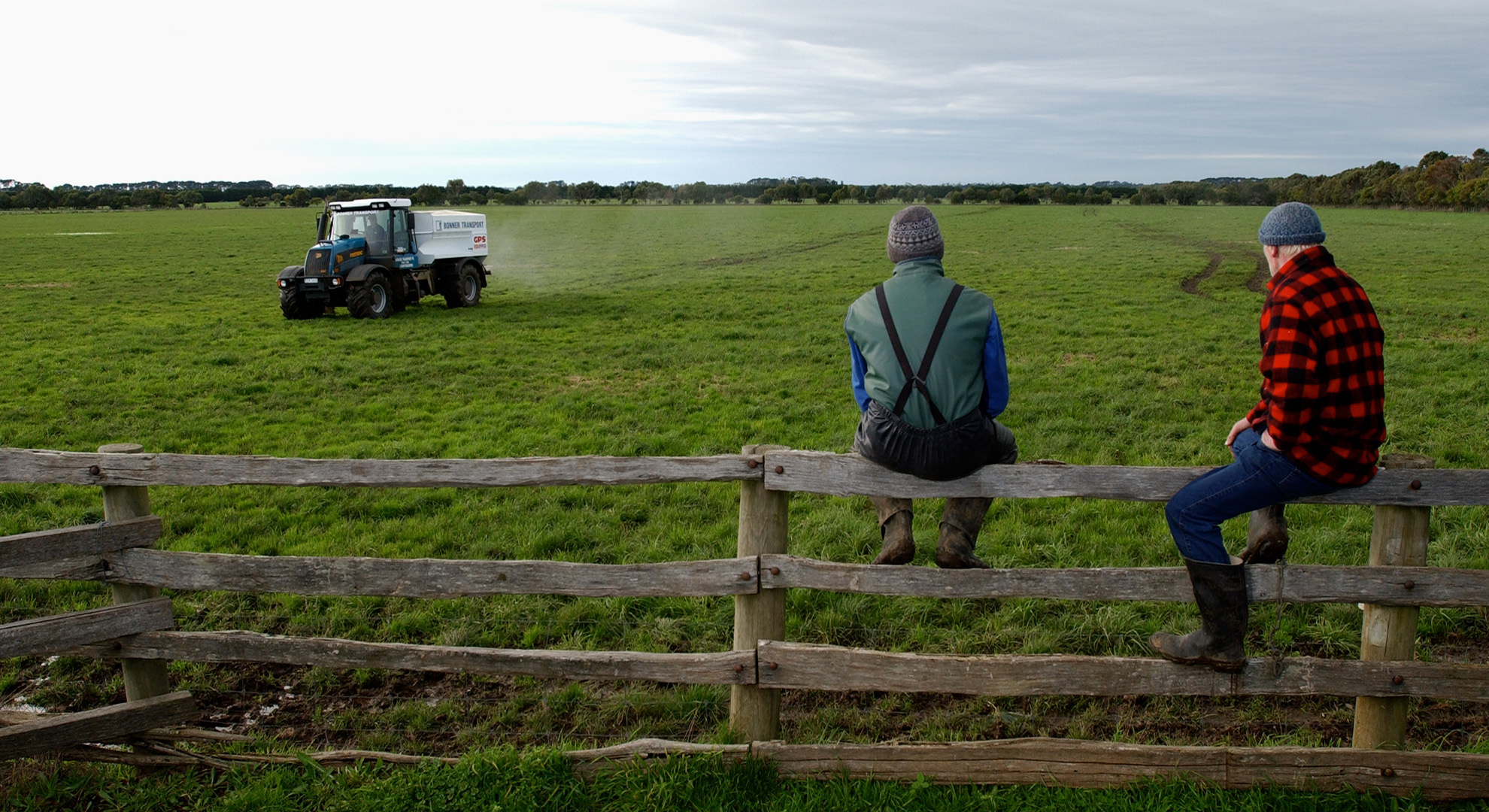
This summer, carefully plan your phosphorus application in order to maximise autumn pasture growth and avoid logistics bottlenecks.
Lee Menhenett, IPF Technical Agronomist
Given a poor fodder harvest in 2022, autumn pasture growth is increasingly important, the key to which is ensuring adequate phosphorus and sulphur are available by the autumn break. This can be by early spreading, with little risk of nutrient loss.
Maximise Autumn Pasture Growth
The wet spring made for a difficult fodder harvest, resulting in reduced yields and significant quality downgrades. Many farmers will therefore have a shortage of quality home-grown fodder at a time when hay prices are significantly higher than this time last year.
To ensure a wedge of quality feed leading into winter, you need to maximise autumn pasture growth – particularly legume growth. To maximise growth a germinating pasture needs immediate access to good soil-P levels.
The adequate Olsen P range (to achieve 90-95% potential yield) for a legume-based pasture system for dairy should be 15-20 mg/kg and for a beef/sheep system 12-15 mg/kg (Gourley et. al. 2007). At these soil-phosphorus levels, fertiliser is applied at maintenance rates. Regular soil testing is the only method available to determine soil nutrient levels and importantly trends over time.
Spread Early
Fertiliser application prior to the autumn break is a logistical challenge for farmers most years. This year, a wet spring and prolonged fodder harvest limited paddock access and delayed fertiliser spreading. More fertiliser will have to go out in autumn adding to the logistical challenges of site dispatch delays, road freight constraints and the limited contract spreading capacity.
Fortunately, pasture research has shown no penalty to yields when applying phosphorus fertiliser in summer compared to autumn. Applying superphosphate early is a good option for farmers wanting to avoid delays and ensure their P is on the ground before the autumn break.
Light rain and even morning dews are enough to move P into the soil within a few days. The granule left behind is basically gypsum (calcium sulphate), which will dissolve and move into the soil with the next rain event.
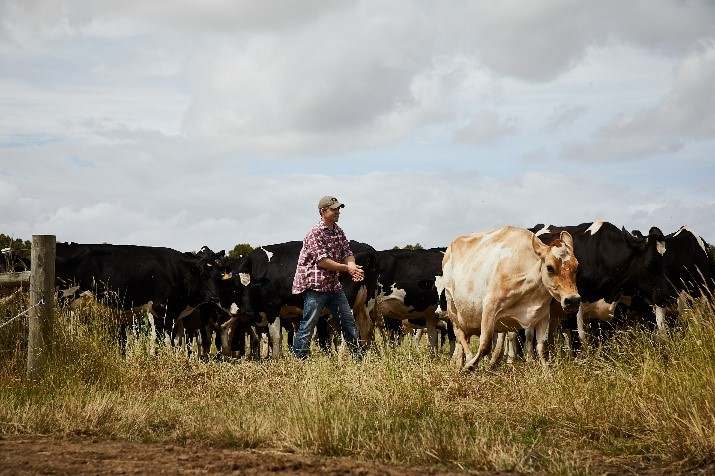
Once in the soil, phosphorus is immobile meaning leaching losses are generally small. So, unless the soil type is a light sand, or a paddock has little ground cover, early-season application can be made with confidence. Research (Gourlay et. al. 2007) also showed that early P applications in summer did not increase the likelihood of losses from runoff.
However, when applying fertiliser early in the season:
• avoid applying fertiliser when ground cover is less than 70%. Bare soils are prone to shedding water leading to erosion, taking valuable soil holding P and other nutrients
• paddock topography is important, as steeper slopes, particularly bared of vegetative matter, are more prone to wind and water soil erosion
• leave buffer strips around waterways to prevent fertiliser entering waterways and water storages
• do not apply fertiliser if heavy rain is forecast within four days.
Ideal Fertiliser for Legume Based Pastures
Legume-based pastures are highly responsive to phosphorus and sulphur. SuPerfect™, Incitec Pivot Fertiliser’s high quality single superphosphate, supplies a ratio of phosphorus to sulphur ideal for high-performing legume-based pastures. SuPerfect™, is manufactured to meet a high uniformity index, meaning its consistent size leads to a very even distribution of granules when spread.
In most soils, phosphorus will only diffuse short distances (up to 5 cm) away from the fertiliser granule. Therefore, phosphorus is only available to the plant when its roots extend into this diffusion zone.
SuPerfect™ being a low-analysis fertiliser, provides more granules per area than a high-analysis P fertiliser, reducing the distance from each plant to a fertiliser granule. This increases both pasture growth and P uptake as reported by Williams and Lipsett (1969). Their research showed clover plants growing nearer to an SSP granule were up to four times larger and contained five times as much P than those plants growing 2.5 cm away.
SuPerfect™ also supplies a high level of sulphur in the plantavailable sulphate form, which is a critical nutrient for legumebased pastures. Soil test values should be KCl40 >8 mg/kg, with annual applications of 10-15 kgS/ha. After a wet 2022 in many areas, sulphate-sulphur is likely to have been depleted through leaching, in which case a fertiliser with adequate sulphur will be needed to maximise pasture growth.
With the need to maximise autumn pasture growth paramount this year, SuPerfect™ remains an ideal pasture fertiliser in many situations as it can be confidently spread early to avoid the logistical bottlenecks expected this season. This will ensure phosphorus and sulphur are in place before the break, helping to maximise autumn growth and build a feed wedge for the winter ahead.
Further Information
For more information or advice about boosting autumn pasture growth, contact me on 0412 565 176 or via email lee.menhenett@incitecpivot.com.au
References
McLachlan KD (1961). Time of application of superphosphate and the yield of pasture on an acid soil, Australian Journal of Experimental Agriculture and Animal Husbandry. Vol 1, 81- 84.
Williams CH and Lipsett J (1969). The Effect of Particle Size of Superphosphate on the Availability of its Phosphorus and Sulphur to Pasture Plants. CSIRO. Australian Journal of Agricultural Research 20(2) 265 – 278.
Gourley CJP, Melland AR, Waller RA, Awty IM, Smith AP, Peverill KI, and Hannah MC (2007). Making Better Fertiliser Decisions for Grazed Pastures in Australia. Victorian Government Department of Primary Industries.
Resources
Download InsightDISCLAIMER Incitec Pivot Fertilisers manufactures and sources fertilisers from other suppliers. The fertiliser supply chain extends beyond the company’s direct control, both overseas and within Australia. Incitec Pivot Fertilisers hereby expressly disclaims liability to any person, property or thing in respect of any of the consequences of anything done or omitted to be done by any person in reliance, whether wholly or in part, upon the whole or any part of the contents of this article. This is a guide only, which we hope you find useful as a general tool. While Incitec Pivot Fertilisers has taken all reasonable care in the preparation of this guide, it should not be relied on as a substitute for tailored professional advice and Incitec Pivot Fertilisers accepts no liability in connection with this guide.
You might also be interested in these
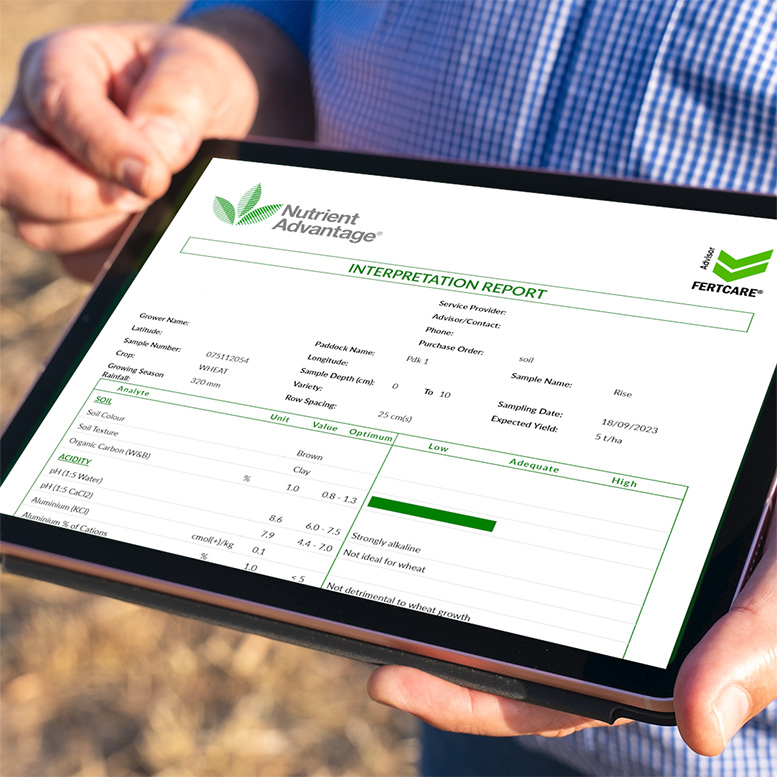
Horticulture, Pasture, Sugar, Summer Crop
Take the next step with leading Agronomy in Practice course
February / 2024
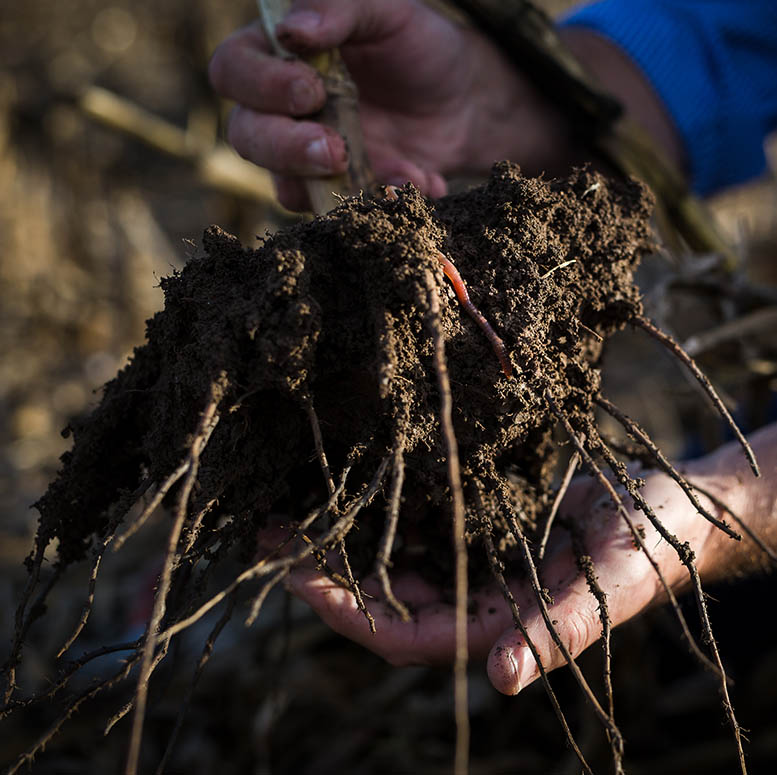
Horticulture, Pasture, Sugar, Summer Crop
Poor Soil Structure – Have you identified if it is costing you profitability?
November / 2023
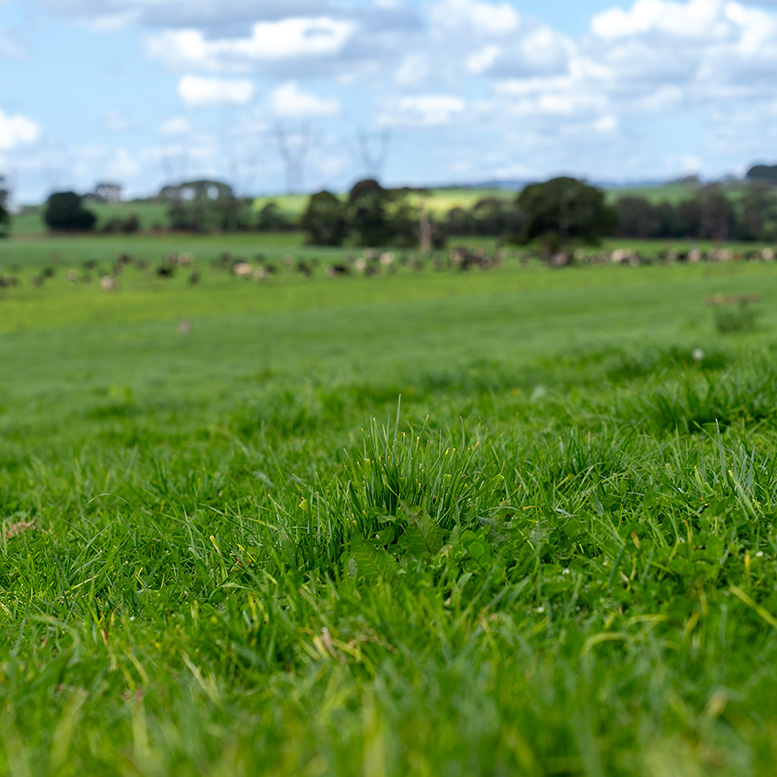
Pasture
Boost your boron potential
September / 2024
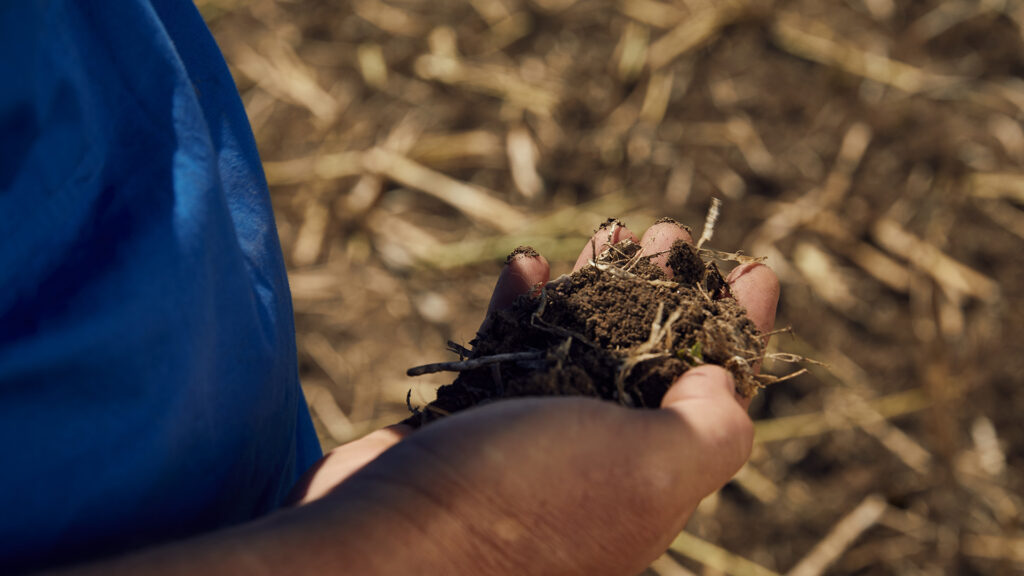
Horticulture, Pasture, Summer Crop
At risk of nitrogen volatilisation? Test your soil before choosing a fertiliser product when broadcasting
February / 2023

